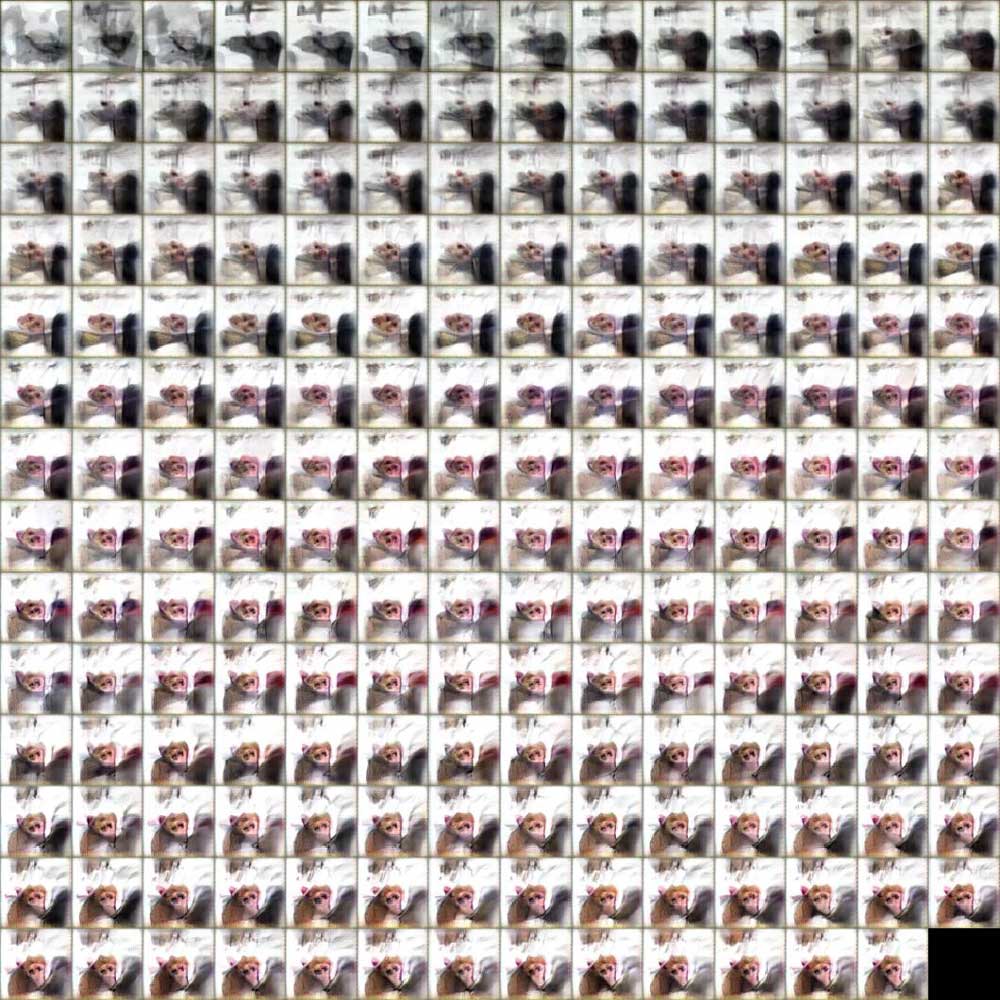
XDream is implemented in Python, released under the MIT License, and works on Linux, Windows, and MacOS. Overall, XDream is an efficient, general, and robust algorithm for uncovering neuronal tuning preferences using a vast and diverse stimulus space. By default the models are downloaded to your home directory.

#Xdream neural network download#
After installing neural-dream, you'll need to run the following script to download BVLC GoogleNet and NIN models: neural-style -downloadmodels.
#Xdream neural network install#
These results establish expectations and provide practical recommendations for using XDream to investigate neural coding in biological preparations. While you can use Python 2's pip, it's recommended that you use Python 3's pip: in a terminal, run the command pip3 install neural-dream. Lastly, we found no significant advantage to problem-specific parameter tuning. Furthermore, XDream is robust to choices of multiple image generators, optimization algorithms, and hyperparameters, suggesting that its performance is locally near-optimal. XDream extrapolates to different layers, architectures, and developmental regimes, performing better than brute-force search, and often better than exhaustive sampling of >1 million images. XDream can efficiently find preferred features for visual units without any prior knowledge about them. Inspired by sleeping and dreaming mechanisms in mammal brains, we propose an extension of this model displaying the standard on-line (awake) learning mechanism (that allows the storage of external information in terms. We also explored design and parameter choices. The standard Hopfield model for associative neural networks accounts for biological Hebbian learning and acts as the harmonic oscillatorfor pattern recognition, however its maximal storage capacity is 0.14, far from the theoretical bound for symmetric networks, i.e. We evaluated how the method compares to brute-force search, and how well the method generalizes to different neurons and processing stages. We use ConvNet units as in silico models of neurons, enabling experiments that would be prohibitive with biological neurons. Here we extensively and systematically evaluate the performance of XDream. from generating cat images to creating arta photo styled with a van Gogh effect: So, let’s take a look at deep neural networks. The deep net component of a ML model is really what got A.I. A new method termed XDream (EXtending DeepDream with real-time evolution for activation maximization) combined a generative neural network and a genetic algorithm in a closed loop to create strong stimuli for neurons in the macaque visual cortex. Deep neural networks offer a lot of value to statisticians, particularly in increasing accuracy of a machine learning model. The characterization of effective stimuli has traditionally been based on a combination of intuition, insights from previous studies, and luck.

A longstanding question in sensory neuroscience is what types of stimuli drive neurons to fire.


 0 kommentar(er)
0 kommentar(er)
